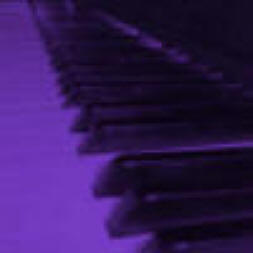According to Rauscher (1996), "…actively making music has greater benefits for spatial temporal intelligence than merely listening to music." In the 1997 study, the researchers investigated how piano and singing lessons affected preschool-aged children’s spatial temporal knowledge. The children were divided into three separate groups; one received thirty minute group singing lessons and ten to fifteen minute individual keyboard lessons once a week, another received computer instruction, and the final received no treatment. Results showed that the children in the group that received musical instruction scored up to 34% higher on tests used to assess spatial and temporal ability than the other two groups in the study (American Music Conference [AMC] 1997). This study shows how "music making nurtures intellect" and "enhances higher brain functions" (AMC 1997). After leading both studies, Rauscher concluded that "… the strongest effects will be found from music instruction" (Costa-Giomi, Price, Rauscher, Schmidt, Shackford, Sims, &Wilcox 1999). Listening to music is not enough to drastically improve children’s spatial IQ; they must be taught how to play the music themselves.
Over time, the 24 control-group mice managed to cut about 5 minutes from their maze-completion time. The Mozart-listening mice cut their time back 8-and-a-half minutes. But the hard-rock mice added 20 minutes to their time, making their average maze-running time 300 percent more than their original average.
Merrill told the Associated Press that he'd attempted the experiment the year before, allowing mice in the different groups to live together. "I had to cut my project short because all the hard-rock mice killed each other," Merrill said. "None of the classical mice did that."
